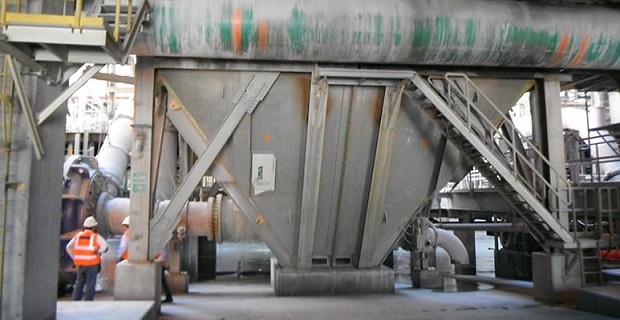
John Otten, Director – Slurry Pump Applications Engineering, explains how following best practices when designing sumps can prevent a lot of pump and hydrocyclone problems
You’d be surprised how many problems our engineers trace back to sub-standard sumps.
Although they’re a crucial part of the circuit, I’ve found sumps are often overlooked – both when it comes to diagnosing issues and with respect to their design.
This is understandable, because experienced sump engineers are few and far between, and time and cost constraints often lead companies to cut corners on their sumps’ design.
However, our engineers find that time and time again when they audit a customer’s circuit, issues created by minor cost savings or oversights in customer’s sump design have led to problems such as reduced pump and cyclone performance, high wear rates due to cavitation (including equipment failure and shutdown) and incorrect product classification.
Join me as I explore some of the design principles that will help you avoid the most common sump problems our engineers encounter.
Avoid flat-bottomed sumps
I cannot stress this enough: using a flat-bottomed sump is setting your circuit up for failure.
Ideally slurry should enter and exit the sump in no more than 60-90 seconds, also known as its retention time. In an efficient sump, the slurry remains in constant motion which prevents its particles from segregating and reduces the retention time of the sump.
In flat-bottomed sumps, slurry collects in the bottom corners causing a behaviour called ‘slumping’, where the lighter particles enter the suction pipe while the heavier solids collect until there’s a large enough concentration to break through and suddenly slide into the suction pipe.
This inconsistent suction pressure forces your pump to work harder and ultimately causes cavitation and severe localised wear which can quickly put your pump out of operation. It also interrupts the normal operation of a hydrocyclone, leading to misplacement of coarse particles to the overflow and/or potential plugging of the underflow.
To prevent solids from settling, the sump should be built with sloped walls at or exceeding the slurry’s angle of repose (when it begins sliding). We find that 30° is generally the shallowest angle that can be effective, but this needs to be tailored to your sump, your slurry’s characteristics and the circuit’s pressure.
Sizing a sump
Another problem we see in the basic construction of sumps is insufficient space – often in modular plants.
Without enough space for the slurry to form a consistent vortex of motion within the sump, the particles tend to segregate, with larger ones trending towards the outside while air and smaller particles gather in the centre – leading to cavitation and a number of issues with entrapped air, which I’ll explore below.
Simply oversizing your sump is also problematic however, as it encourages settling.
One method of dealing with undersized sumps is via the use of a feature to encourage the ore to homogenize, which is a technology our engineers specialise in. We can also support you in the correct sizing of a sump, considering the needs of the circuit and downstream equipment.
Managing wear
People often ask me if they can use concrete sumps and, in my experience, these work fine, if they’re lined with a robust wear material like ceramic tiles.
For most slurries and applications, we prefer to use steel tanks lined with an elastomer such as Linard® 60 – a silica-reinforced natural rubber that combines the natural resilience of Linatex® premium rubber with toughness to resist coarse materials.
Both sump types should be relined frequently, with special care taken to ensure ceramic tiles don’t chip away, resulting in highly localised wear on the underlying concrete that’s been exposed to the slurry.
Removing tramp material
Some sites like to use screen suction strainers within the sump or piping to prevent oversized ball mill chips or scats for mill circuit applications from making their way into the pump or hydrocyclone. This typically happens when the screen decks from the trommel of the mill are broken or have been damaged. However, when this tramp material begins to pile up on the suction screen, it will reduce the slurry’s suction pressure and cause cavitation.
Instead, we’ve found the most effective solution is to place a screen over the top of the sump itself to intercept this material before it enters the circuit at all.
Bring in experts who understand every step of the process
In addition to adhering to best practices, your sump needs to fulfil the needs of upstream and downstream equipment whilst working within the constraints of your circuit and plant. Our engineering teams incorporate specialists from every step of the mill circuit, including hydrocyclone classification, pumping and slurry transportation. By working closely together with a holistic understanding of your process, our engineers are ideally placed to design a sump that facilitates slurry transport and reduces maintenance, rather than creating a headache.

